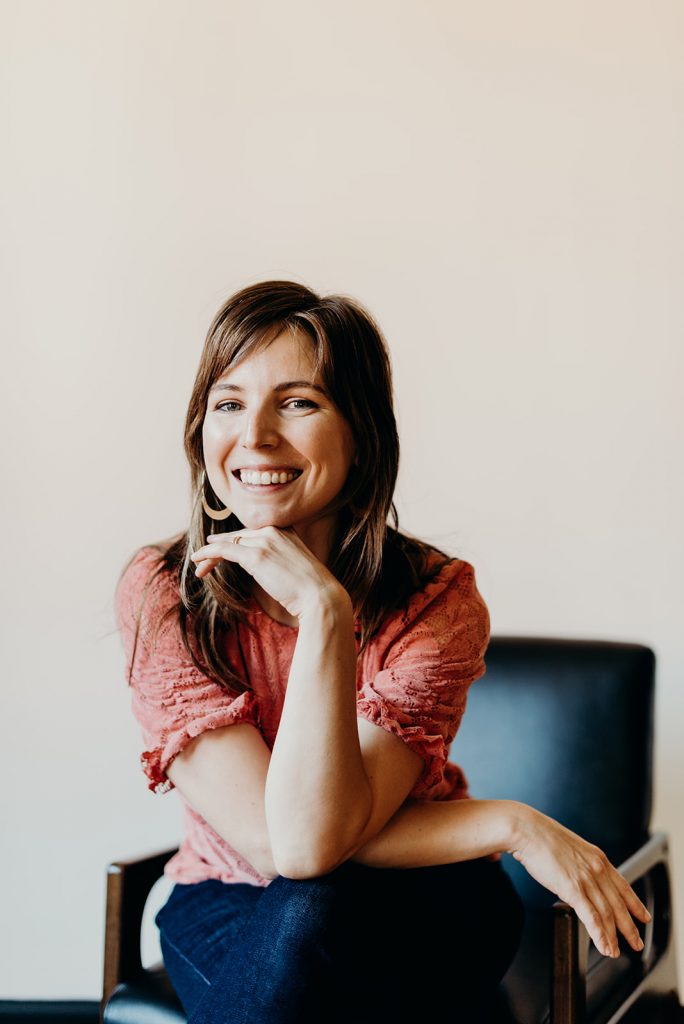Gut Healthy Foods: Prebiotic vs. Probiotic, What’s the Difference?
health and happiness start with gut health.
And holistic medical traditions like Chinese medicine and Ayurveda have been preaching this for thousands of years.
(Fun fact: one of the main diagnostic criteria in these traditions is the quality of your poop!)
But what’s really exciting is that from stabilizing blood-sugar to lifting your mood, more and more studies are coming out showing just how important those bugs in your gut really are for the function and health of both your body and mind. (1, 2, 3)
And what’s the best way to get a healthy gut?
Eat gut-healthy foods.
For most people, there are 2 types of foods you want to focus on to improve gut health.
I’m talking about prebiotics and probiotics.
So what’s the difference?
Prebiotic foods feed the helpful microbes in your gut, while probiotic foods refurbish the population.
And both are really important, because there’s a whole battle between good and evil going on inside of you that you don’t even know about.
Here’s the deal.
You have trillions of microorganisms living inside of you.
(A number that is pretty astounding if you think about it. We’re pushing up against 8 billion people on earth and that’s just a fraction of what’s going on in your gut!)
And while this might sound really gross, the vast majority of these bacteria, fungi, viruses, and protozoa are actually really, really helpful. (4)
So helpful, that your body literally can’t function without them.
But you’ve got to get the balance right.
Because even though most of these little critters are helpful, some of them are not.
And if you don’t support and refurbish your supply of healthy microbes on a regular basis, the bad guys can get the upper hand and make you sick.
To keep your microbiome balanced, you want to eat lots of prebiotic foods to feed those helpful microbes and keep them happy.
And you also want to bring more friends to the party by eating probiotic foods a few times a week.
Gut-healthy prebiotic foods contain lots of fiber that passes through your small intestine undigested.
This fiber then feeds the helpful microbes in your colon.
If you don’t have enough fiber in your diet, those helpful microbes don’t have enough to eat.
And when there isn’t enough for them to eat, the population of happy microbes goes down.
Which is the exact opposite of what you want to happen.
Here are some good examples of gut-healthy prebiotic foods:
- Sunchokes
- Dandelion Greens
- Chicory
- Onions
- Garlic
- Jicama
- Pre-soaked chickpeas
- Pre-soaked lentils
The other gut-healthy foods you want to eat are probiotics.
These are cultured or fermented foods that you find in the refrigerator section of the supermarket.
They contain bus-loads of microbiota that can help to keep the happy population up.
Some examples of gut-healthy probiotic foods include:
- Raw sauerkraut
- Kim-Chee
- Fermented pickles
- Other fermented vegetables
- Kefir
- Yogurt
Now, some people have gut issues that prevent them from being able to eat gut-healthy prebiotic and probiotic foods.
For people with irritable bowel syndrome (IBS) or small intestine bacterial overgrowth (SIBO) for example, other protocols like the low FODMAP diet are a better place to start. (5)
As the overall balance in the gut starts to heal, you can then slowly start introducing more gut-healthy pre and probiotic foods.
Want to learn more ways to support your physical and mental health through food and other strategies?
Then click here now to set up a free consultation and find out how a Personalized Wellness & Healing Journey can help you.





